
Sometimes when I observe whole-class dialogue, I notice students indicating that they want to speak while other students are talking. This is often ‘hands up’ (sometimes other signals). Of course, it’s great that they’re engaged, but are they listening, and what is the impact on the speaker?
A focused, attentive audience can really help somebody talk – especially if that person is still developing their confidence. While an audience that does anything other than showing listening – including signalling for their turn – can be distracting.
If we want high-quality dialogue, let’s help our students focus and really listen, rather than just thinking about their own points. Let’s help them gain the habit of listening to understand rather than listening to respond. Let’s create a well-managed talk environment, where pupils know that they will all get their turn to speak, and can fully engage in listening when it’s someone else’s turn.
Notes
‘Time to Think’ by Nancy Kline is a useful reference about the power of giving attention when someone is speaking, and how to harness this.
I posted in 2021 about a school using hand signals for dialogue in online learning. One of the signals was ‘I have something to say’. This was during the Covid-19 lockdown, in the context of trying to increase engagement online. I wonder what was the impact.
A signal that can be left in place – such as changing a RAG cup from green to amber to indicate a desire to speak at some future moment – may be less distracting to both the speaker and the listener.
What do you think? I’d love to hear from you about this.
A detailed description including building, helping, sharing and working together
It’s great that they are motivated to speak next, but are they really listening?
How do they want to behave to become great 4C thinkers?
Show your pupils that you are trying to understand their thinking
The advantages of getting students to pass the talk to each other
Six things you can do to help pupils gain the skills and confidence to speak to a room full of people
Strategies to help as many pupils as possible access philosophical enquiry
How one Salford teacher has improved oracy in her classroom using The Volumiser!
More useful resources, including a Talk Tally to get pupils listening closely



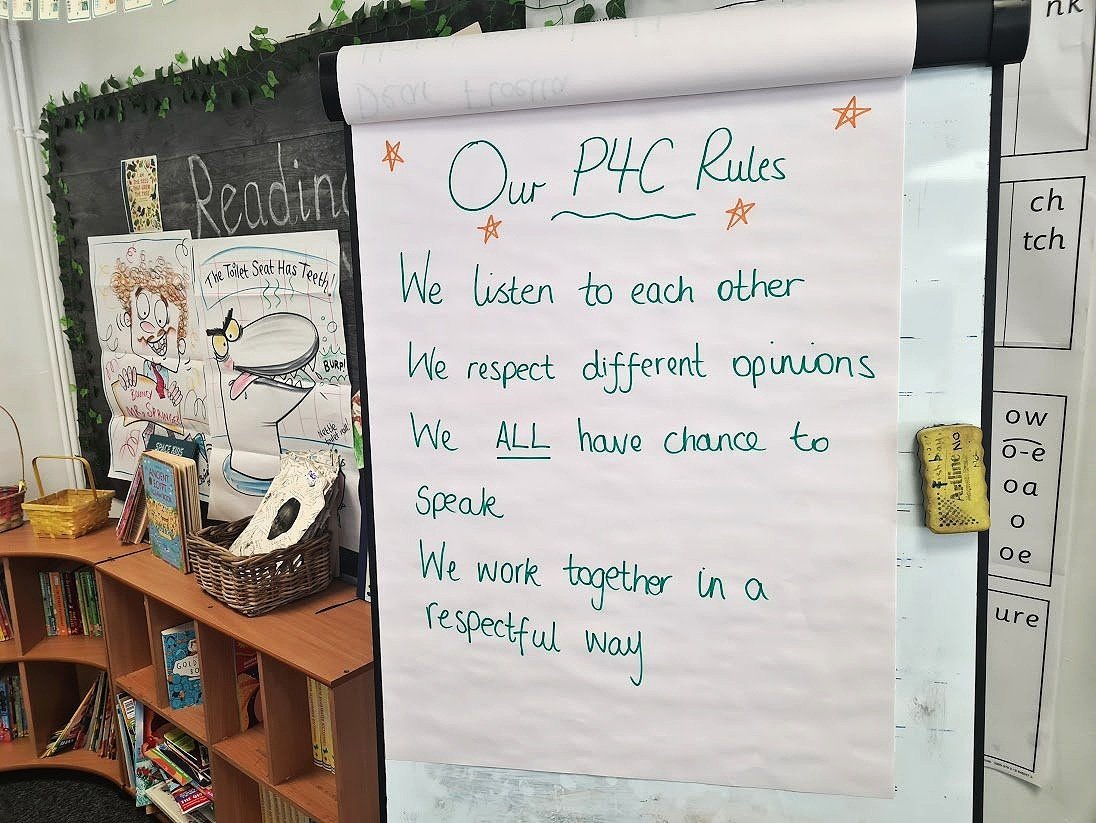



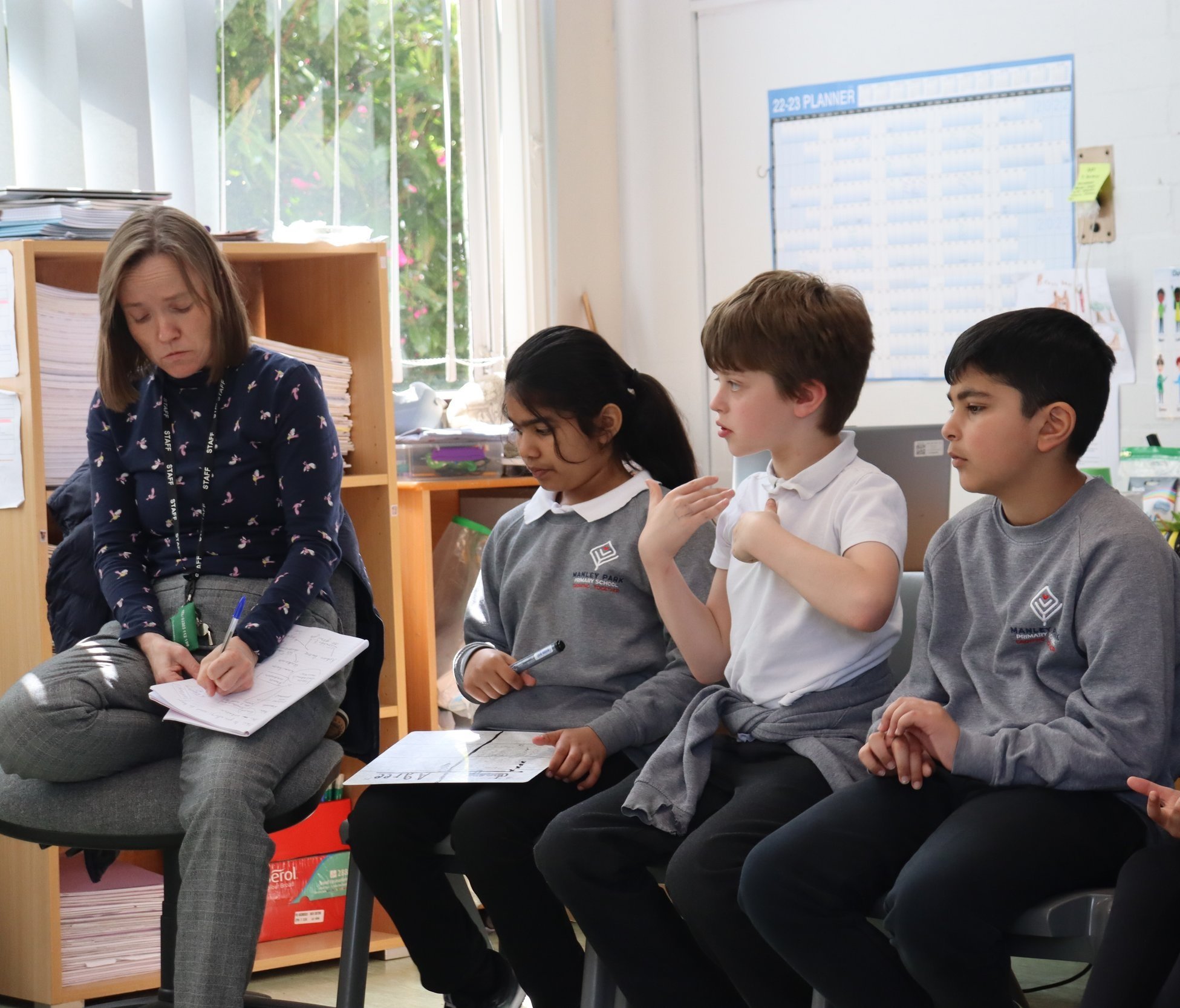

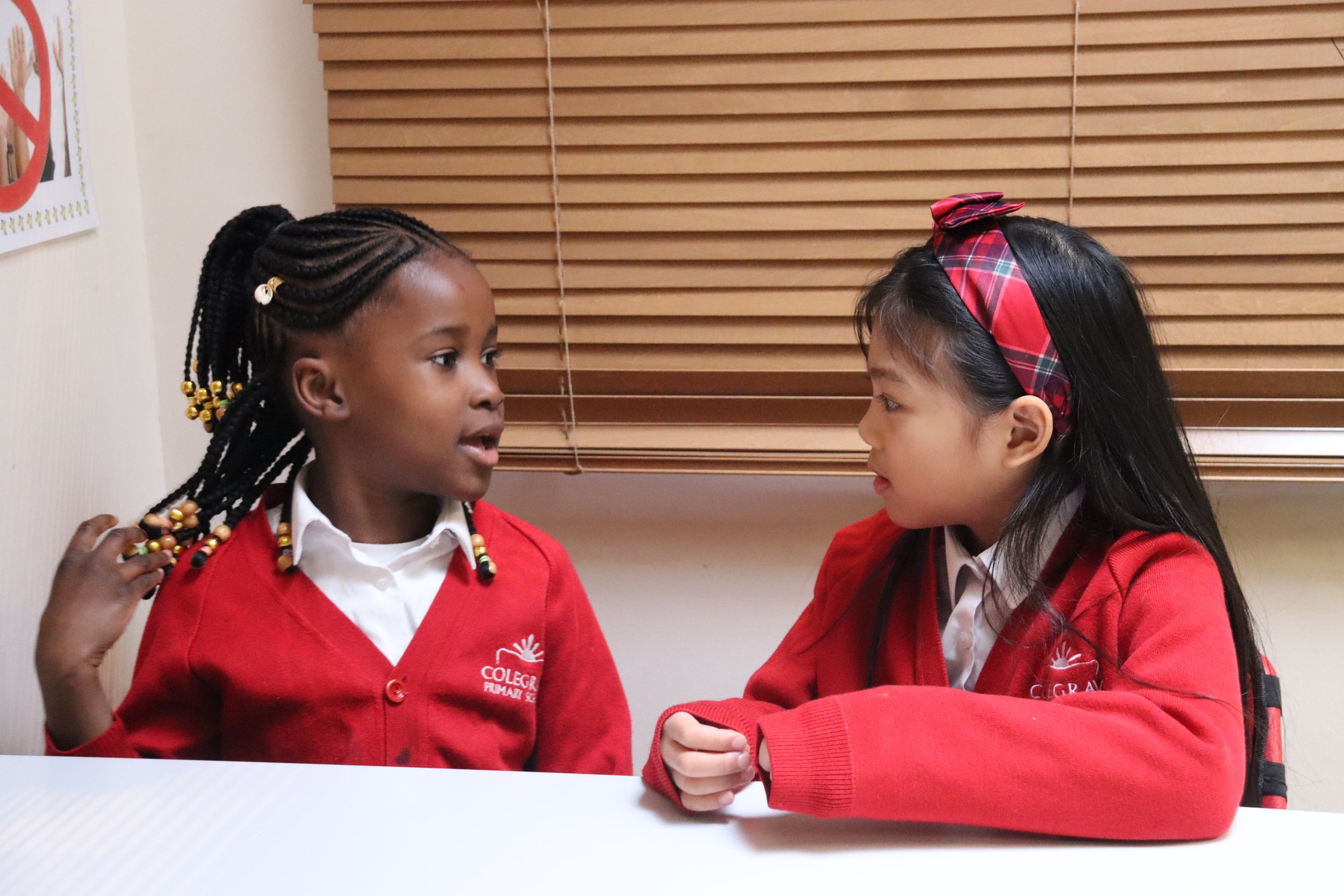





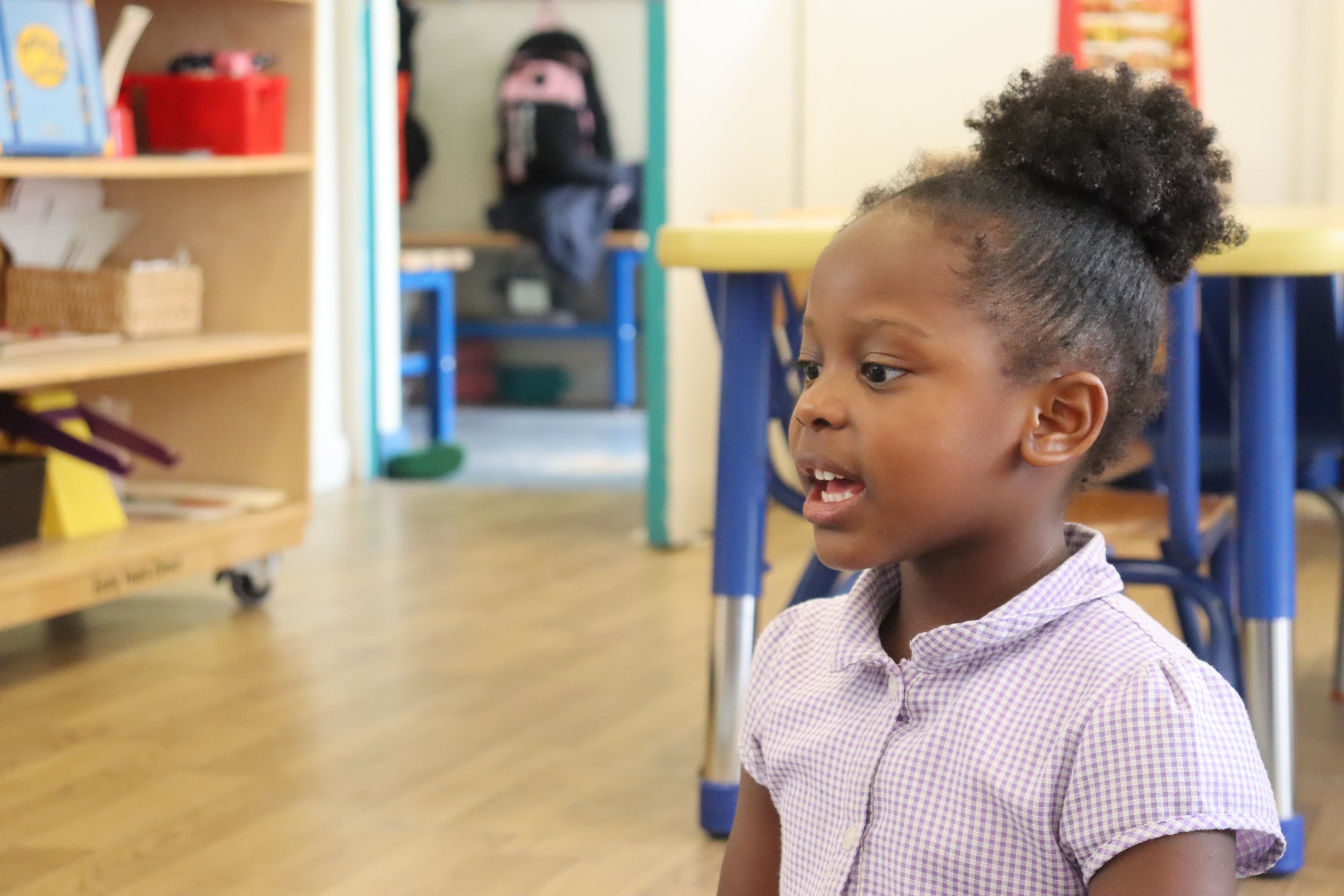

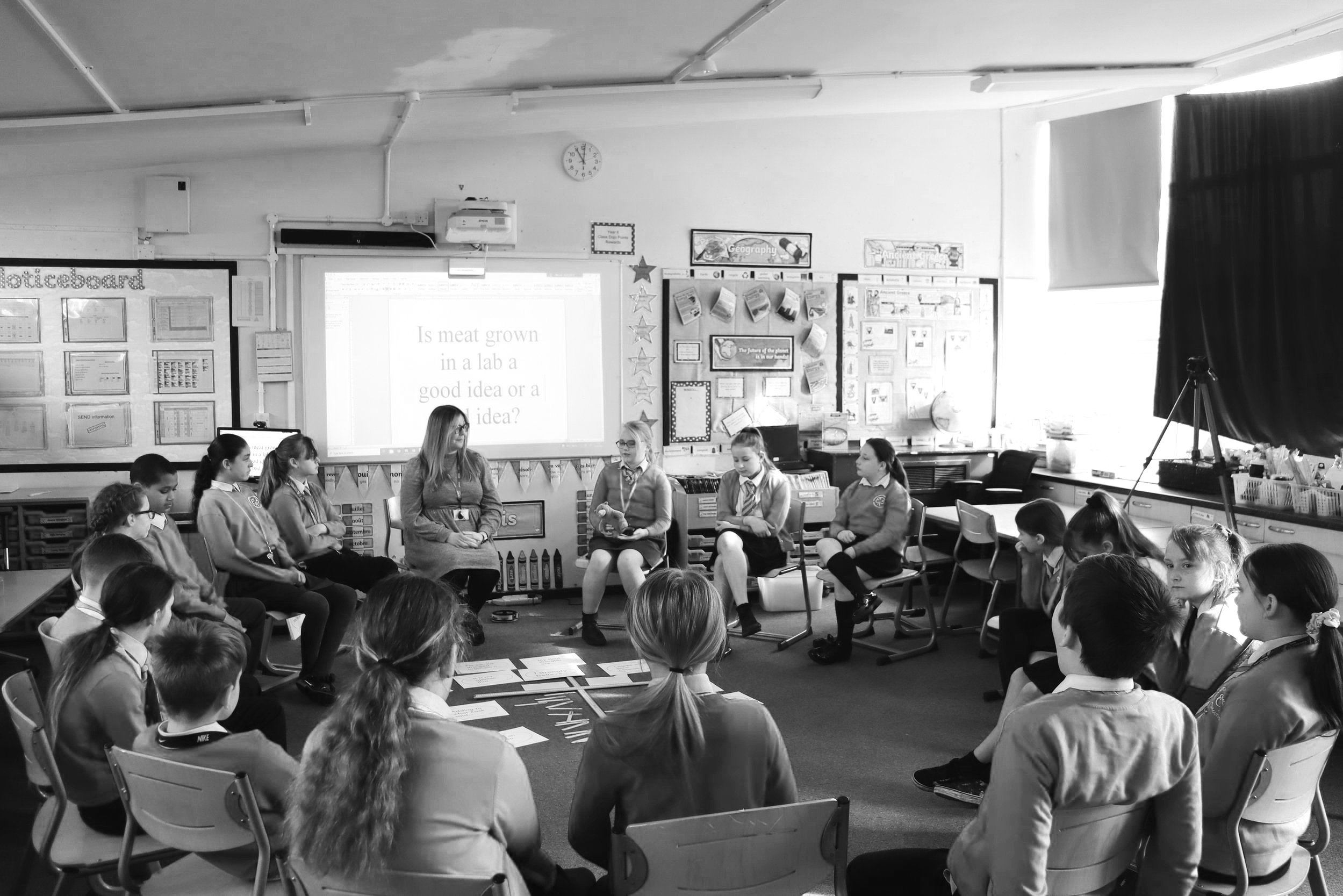





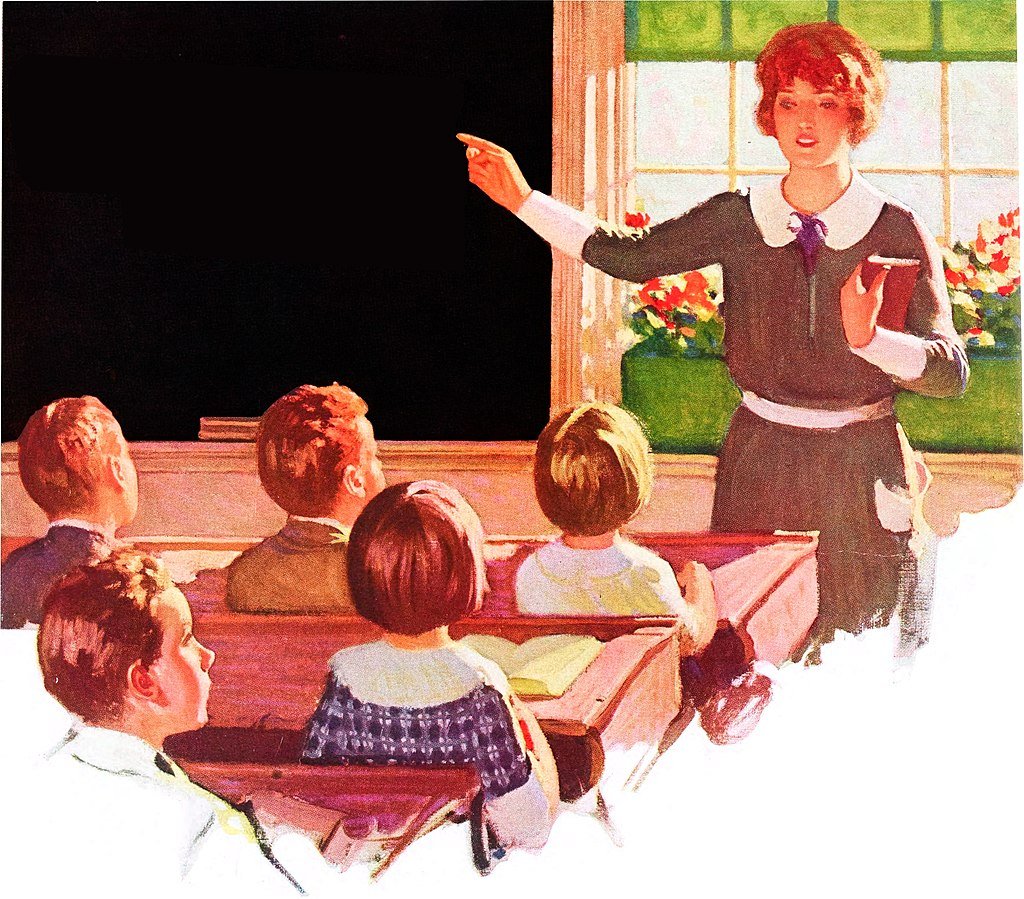
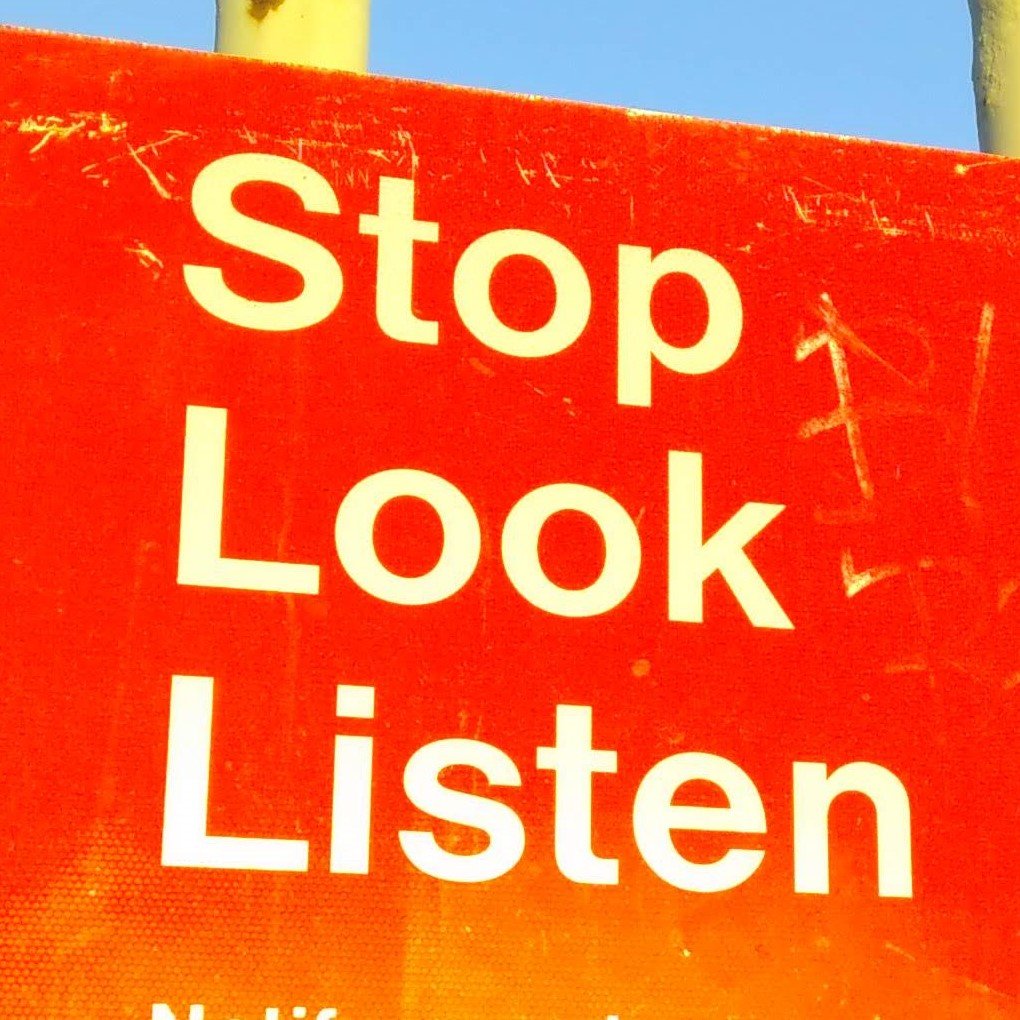




A fantastic, free resource to help your pupils develop their creative listening skills